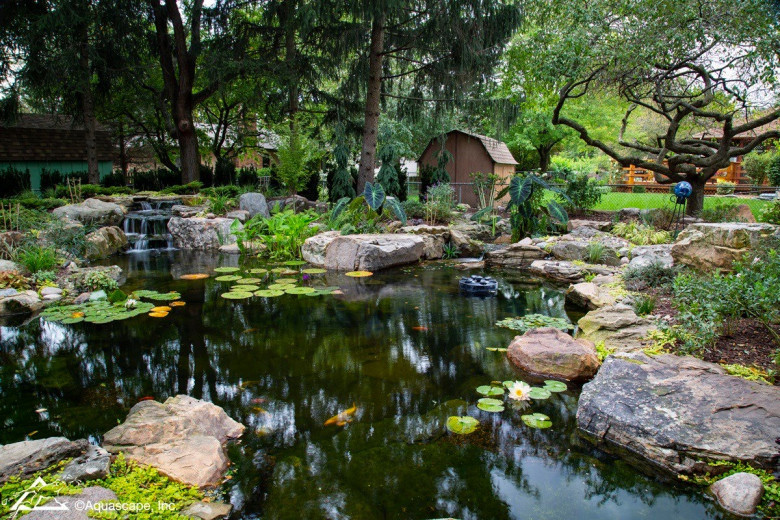views
Eco ponds are becoming an increasingly popular choice for homeowners and businesses looking to incorporate sustainable water features into their landscapes. Unlike traditional ponds that rely on chemical treatments and artificial filtration, eco ponds create a self-sustaining ecosystem where plants, fish, and beneficial bacteria work together to maintain clean and healthy water. If you’re considering an eco pond, this guide will cover everything you need to know.

What Is an Eco Pond?
An eco pond, also known as a natural pond, is a water body designed to function like a natural ecosystem. It does not require chlorine, chemical algaecides, or electric filtration systems to stay clean. Instead, it relies on biological balance, where plants and microorganisms filter the water naturally, reducing algae growth and maintaining clarity.
Key Benefits of Eco Ponds
1. Eco-Friendly and Sustainable
Eco ponds support biodiversity by creating a habitat for fish, frogs, dragonflies, and beneficial bacteria. Since they don’t rely on chemicals, they help reduce pollution and maintain a balanced ecosystem.
2. Low Maintenance
Unlike traditional ponds that need frequent cleaning and chemical treatments, eco ponds require minimal upkeep. By incorporating the right mix of aquatic plants and natural filtration methods, these ponds largely maintain themselves.
3. Improved Water Quality
Natural ponds use plants like water lilies, reeds, and oxygenating plants to filter the water and absorb excess nutrients, preventing algae overgrowth. This leads to clear, clean water with minimal intervention.
4. Aesthetic and Relaxing
Eco ponds add beauty to any space, creating a peaceful environment that enhances the natural landscape. The sight and sound of flowing water can also promote relaxation and reduce stress.
How to Build an Eco Pond
1. Choose the Right Location
Pick a spot that gets a balance of sunlight and shade. Too much sunlight can lead to excessive algae growth, while too much shade may limit plant growth.
2. Plan the Pond Depth and Size
Eco ponds should have a mix of shallow and deep areas to support a variety of aquatic life. A depth of at least 2–3 feet helps regulate temperature and provides a safe space for fish.
3. Use Natural Filtration Methods
Incorporate a variety of aquatic plants like floating plants (e.g., water lettuce), submerged oxygenating plants (e.g., anacharis), and marginal plants (e.g., cattails) to help keep the water clean. Adding a small waterfall or aeration system can further improve circulation.
4. Introduce Beneficial Wildlife
Adding fish like goldfish or native species can help control insect populations, while frogs and snails contribute to the natural cleaning process. Avoid introducing invasive species that could disrupt the ecosystem.
5. Maintain the Pond Naturally
Regularly remove excess debris like fallen leaves and trim overgrown plants to maintain a healthy balance. Avoid using fertilizers or pesticides near the pond to prevent contamination.
Conclusion
Eco ponds are a fantastic way to create a sustainable, low-maintenance water feature that enhances your outdoor space while benefiting the environment. By following natural filtration methods and supporting biodiversity, you can enjoy a beautiful, self-sustaining pond for years to come. If you're ready to build your own eco pond, Aqualivin offers expert solutions to help you create the perfect natural oasis.






















Comments
0 comment